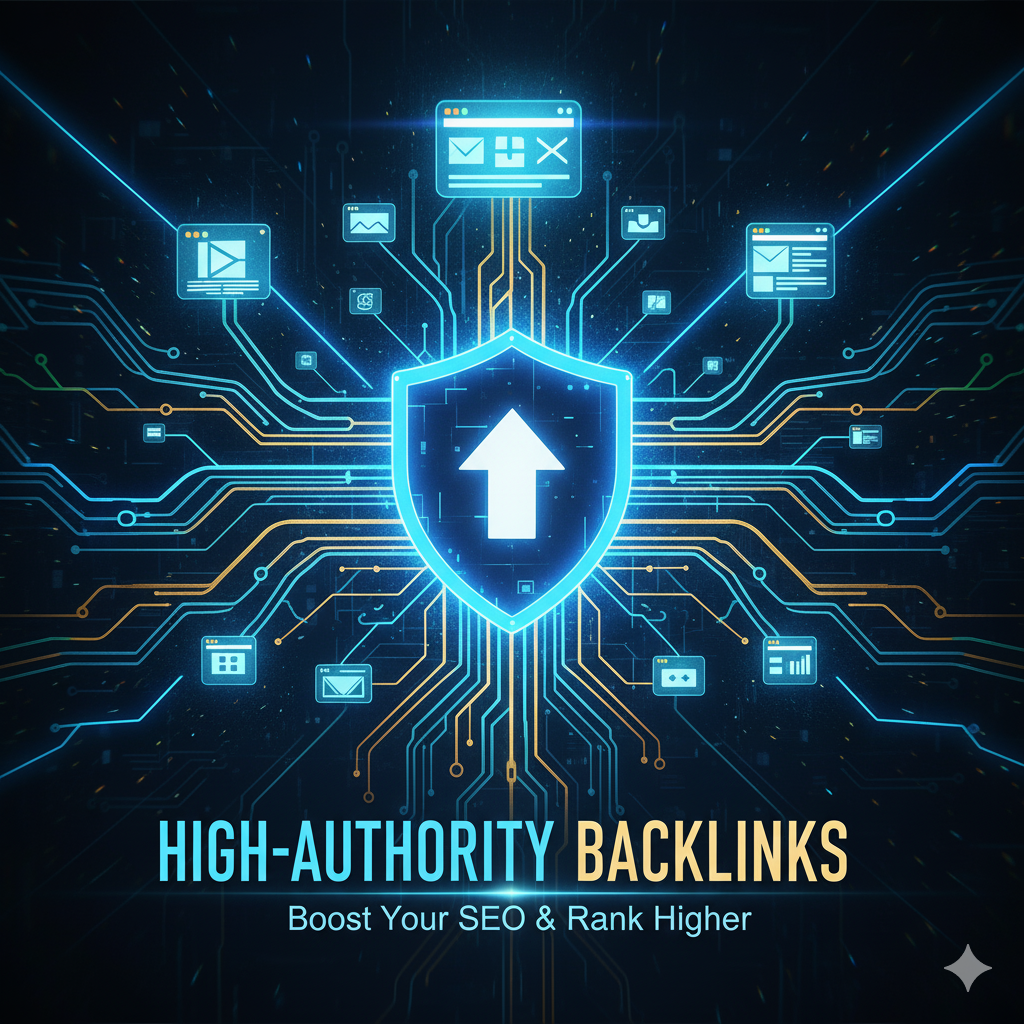In the world of SEO, acquiring high-authority backlinks is often celebrated as a primary victory. However, the work doesn’t end there. A backlink profile is not a static trophy case; it’s a dynamic asset that requires continuous analysis and strategic leverage. Understanding the “why” behind your link profile’s performance is what separates good SEOs from great ones. It transforms random wins into a repeatable, scalable strategy for sustainable organic growth.
This process can be broken down into two critical phases: the diagnostic analysis of your existing backlinks and the strategic action to leverage those insights.
Phase 1: The Diagnostic Analysis – What Your Backlinks Are Telling You
Before you can leverage your profile, you must first understand it. This involves moving beyond simple metrics and asking deeper questions about the quality and context of your links.
Step 1: Gather Data with the Right Tools
You cannot analyze what you cannot see. Begin by using a reputable backlink analysis tool like Ahrefs, Semrush, or Moz. These platforms will give you a comprehensive overview of your linking domains, specific URLs, anchor text, and key authority metrics.
Step 2: Audit for Quality, Not Just Quantity
This is the core of the analysis. A thousand low-quality links can be more harmful than a dozen high-authority ones. Assess quality by evaluating:
- Domain Authority (DA) / Domain Rating (DR): This is the starting point. Focus on links from domains with high authority scores, as they pass the most “link equity” and trust in the eyes of search engines.
- Relevance: A high-DA link from a completely irrelevant site (e.g., a plumbing company linked from a fashion blog) has diminished value. The most powerful high-authority backlinks come from topically relevant sources. Search engines see this as a strong, contextual endorsement.
- Placement and Context: Was your link placed naturally within the body of a relevant article, or was it buried in a footer or blogroll? A naturally contextual link is significantly more valuable than a sponsored or templated one.
- Anchor Text: Analyze the distribution of your anchor text. A healthy profile has a diverse mix of brand anchors (e.g., “Your Brand Name”), naked URLs, and generic phrases (e.g., “click here”). A over-optimized profile heavy with exact-match commercial keywords can appear manipulative and trigger algorithmic penalties.
Step 3: Identify Toxic Links and Opportunities
A thorough analysis isn’t just about celebrating wins; it’s also about risk management. Use the “Toxic Score” or similar features in your SEO tool to flag potentially harmful links from spammy directories, link farms, or penalized sites. These should be disavowed to protect your site’s ranking.
Concurrently, identify your “golden nuggets”—your most powerful high-authority backlinks. Note what content earned them, which publications they came from, and the context of the link. This pattern is your blueprint for future success.
Phase 2: Strategic Leverage – Turning Insight into Action
With your diagnostic audit complete, you can now deploy a targeted strategy to reinforce your successes and mitigate your weaknesses.
Action 1: Double Down on What Works
Look at the content that earned you your best high-authority backlinks. This is your market telling you what they find most valuable.
- Update and Repromote: Take that cornerstone article or research report, refresh it with new data, and actively re-promote it to the same audience and new contacts. Email the sites that already linked to it, saying, “You found our 2022 report useful; here’s the 2024 edition with even more insights.” This often earns you fresh links and social shares.
- Create Content Clusters: If a specific topic consistently attracts high-quality links, build a content cluster around it. Create supporting articles, infographics, and videos that all link back to your main pillar page. This signals to search engines that your site is a definitive authority on the subject, amplifying the value of your existing high-authority backlinks.
Action 2: Reverse Engineer Competitor Success
Your competitors’ backlink profiles are a goldmine of opportunity. Use your SEO tool to analyze the high-authority backlinks pointing to their top-performing pages. Identify the publications that trust them. Then, create a superior resource, a more unique angle, or a more compelling dataset and pitch it to those same publications. You are effectively piggybacking on their research to find qualified link prospects.
Action 3: Build Deeper Relationships
When you secure a link from a prestigious publisher, don’t let the relationship end there. This is a critical leverage point.
- Engage on Social Media: Share their content, comment thoughtfully on their articles, and build a genuine relationship with the editor or writer.
- Offer More Value: Propose a follow-up guest post, offer to participate in an expert roundup, or provide a quote for a future article. By becoming a reliable, knowledgeable source, you increase the likelihood of earning follow-up links organically, turning a one-time win into a lasting partnership.
Conclusion: An Ongoing Cycle
Analyzing and leveraging your high-authority backlink profile is not a one-time task. It is a continuous cycle of measurement, insight, and action. By systematically diagnosing the health and composition of your links, you can make data-driven decisions that compound over time. You stop chasing links randomly and start building a fortress of authority that competitors will find difficult to breach. In the end, a well-leveraged backlink profile isn’t just about ranking higher; it’s about establishing your brand as a trusted, central voice in your industry.

